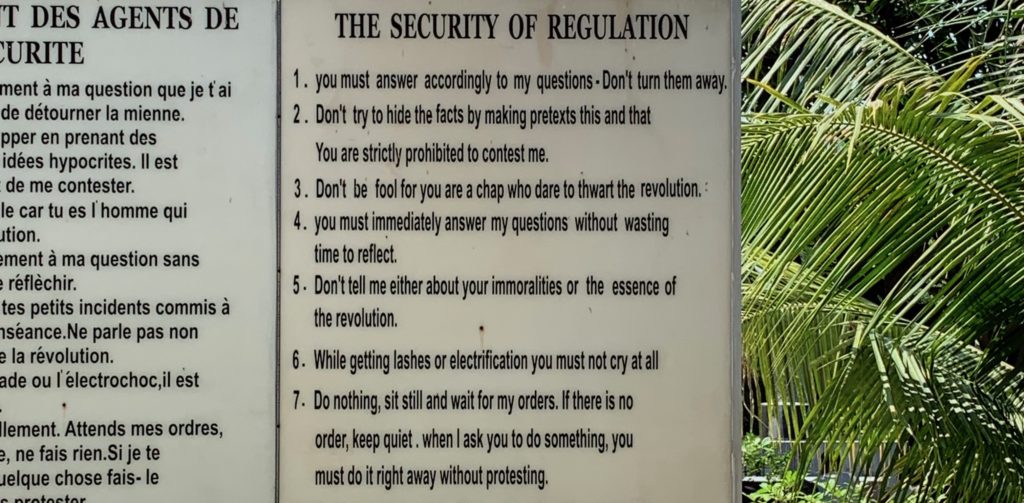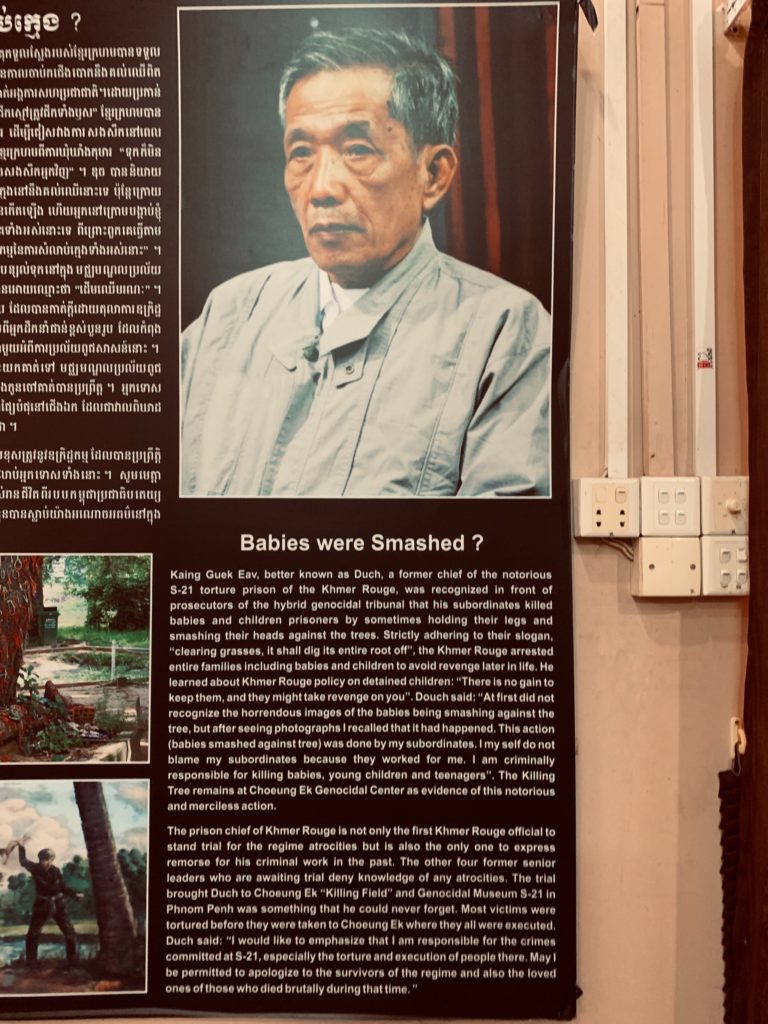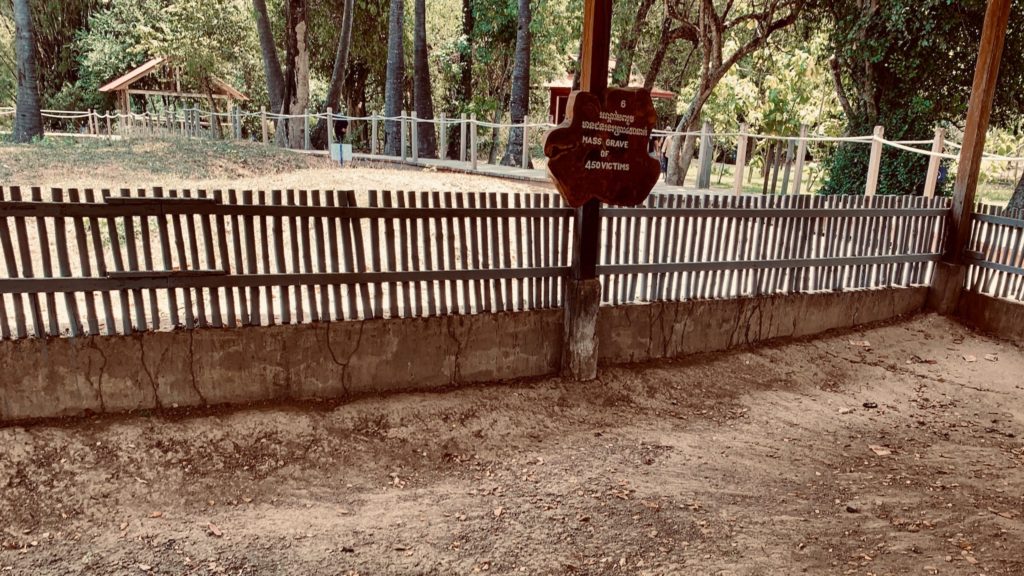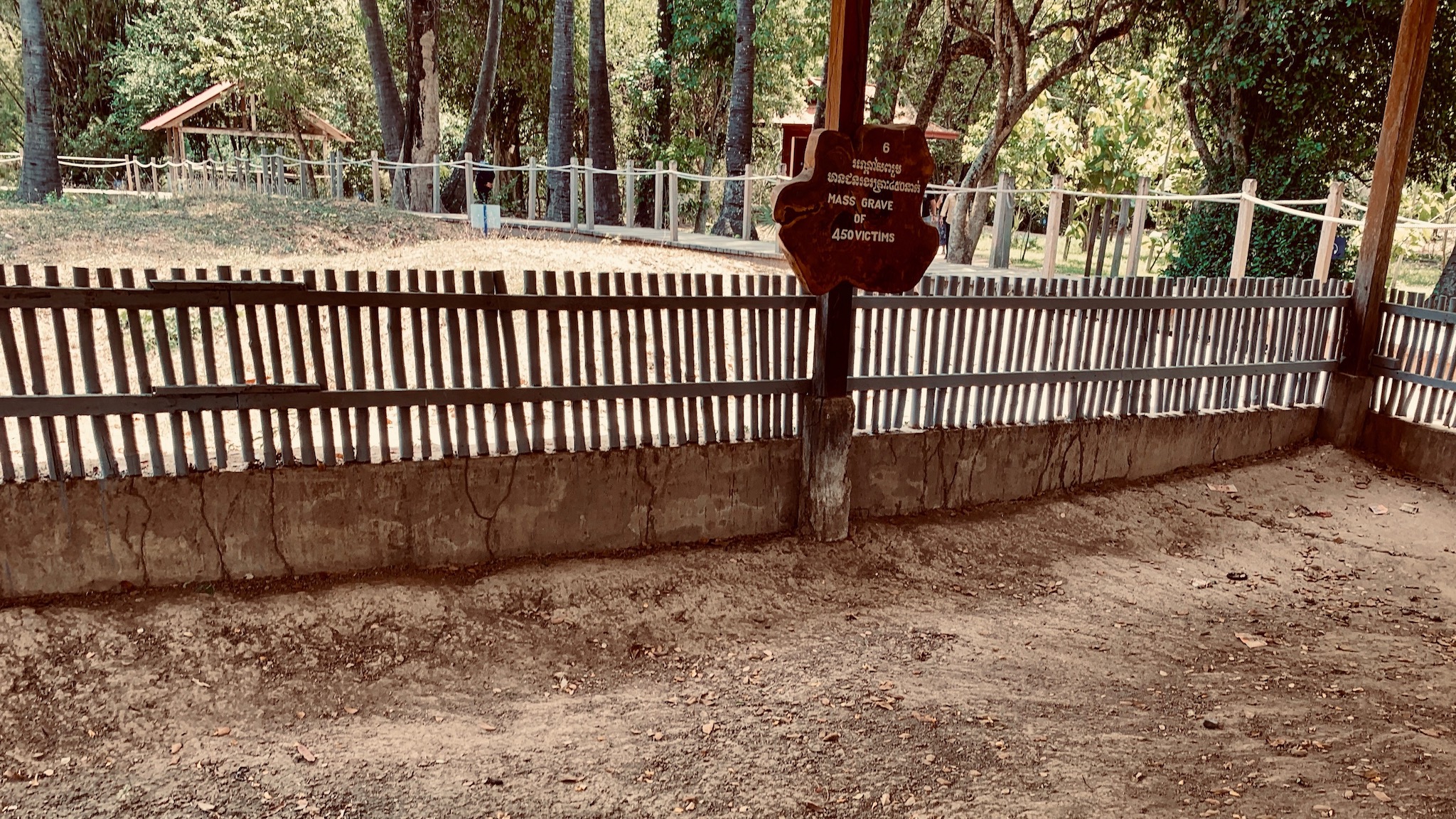A Complicated History of the Khmer Rouge
Last modified: September 5, 2019
This post is a draft supplement to Babies in the Killing Fields and Surviving the Horrors of S-21 Prison. I do not mean this post to be a full history, but to provide a context for those not familiar with Cambodia. The views expressed are my own. The backdrop is the Vietnam War (1955-1975) and the Cold War, which ended with the fall of the Soviet Union 1991.
How did this happen?
While travelling in Cambodia, you hear a lot of blame heaped on the West for not acting against the Khmer Rouge. The common refrain:
- The West’s war in Vietnam and carpet bombing of eastern Cambodia resulted in the rise of the Khmer Rouge.
- The West did not prevent the atrocities committed by the Khmer Rouge. It was the Vietnamese who eventually liberated the Cambodians from the Khmer Rouge.
- The West supported and legitimized the Khmer Rouge as a government in exile after being kicked out of Cambodia.
How accurate is this portrayal? The simple truth: It’s complicated.

1960s to 1975 – Rise to Power
1969 to 1970 Instability |
|
1970 to 1975 Civil War |
|

1975 to 1979 – Rule and Genocide
Pol Pot, “brother number one,” the leader of the Khmer Rouge instituted an ultra-communism. He wanted a return to a self-sufficient agricultural society. He wanted to destroy individualism, capitalism, and intellectualism; as these stood in the way of creating his collective state.
They forced people to move to the countryside into labour camps. They evacuated entire cities, even emptying the hospitals.
Their agricultural vision for the state estimated they only needed 1 to 2 million citizens, so the rest were expendable.
Large groups marched across the country resulting in deaths by starvation and exhaustion. These were death marches. Those that arrived at their destination would likely still die of overwork at the labour camps.
The regime was paranoid. They would arrest, interrogate/torture, and then kill anyone they suspected of subversion. This routinely included Khmer Rouge members.
During their rule, Khmer Rouge massacred about 2 million victims, or 25% of the 1975 population of Cambodia, which was still recovering from the civil war. Refer to my post Babies in the Killing Fields.

1979 to 1990s – Fall and Exile
Almost immediately after taking power, relations between Vietnam and the Khmer Rouge soured based on mutual mistrust. The Khmer Rouge became closer to China vs. the Vietnam/Soviet Union communists.
In 1979, the Vietnamese ousted the Khmer Rouge from Cambodia and installed a new government. This new government (Vietnam puppet?) only gained support from the Soviet Union.
China and the West supported the Khmer Rouge, knowing full well about the atrocities committed.
This was the Cold War. I theorize that the increasing Vietnam/ Soviet Union influence in the region outweighed human rights violations for some nations.
The Khmer Rouge joined with other exiled groups to form a government in exile. China and the West granted them legitimacy, funding, and the Cambodian UN seat until 1993.
In the early 1990s, the Soviet Union fell, and Vietnam was becoming more open. The Cambodian government began reconciling with some exiled groups, even welcoming them into the government.

1990s to Now – Prosecution, Reconciliation, and Amnesty
In 1997, the Cambodian government asked the UN to help them set up a Genocide tribunal. This took 9 years and complex negotiations, and only in 2006 did the trials begin. In 2010, Comrade Duch, the director of S-21 prison and chief torturer of the Khmer Rouge, was the first leader convicted of crimes against humanity. The Tribunal indicted only five leaders of the Khmer Rouge.
They never prosecuted Pol Pot, the leader of the Khmer Rouge. He died of natural causes while under house arrest at his northern Cambodian stronghold in 1998, never admitting to wrongdoing.
They prosecuted some Khmer Rouge in lower courts. Others received justice from victims directly. Many more received amnesty and still enjoy support in certain areas. I met Cambodians in Phnom Penh still angry at the amnesty and knowledge that former Khmer Rouge members are in government. They even hold leadership roles in certain provinces.
Some Cambodians embrace the ideology of moving on.
For others… try telling them to move on from their entire family being massacred.
– amo
Click or tap to start slideshow:















